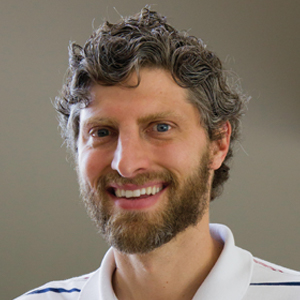‘Science and art mix
so beautifully together’
Just a block away from Madison Square Park in Manhattan sits a place called Neuehouse. Part office space, part gallery, part boutique hotel and restaurant, the venue describes itself as a “series of spaces, experiences and amenities especially suited to ambitious innovators.”
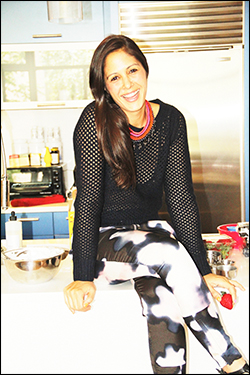 Michelle Grey Image courtesy of Manolo Campion
Michelle Grey Image courtesy of Manolo Campion
It’s the kind of place where a fashion designer will sit next to an architect at a work table and an inventor can hope to find business partners over coffee in the lounge. To boost the creative and entrepreneurial vibe of the place further, the monthly programming schedule features celebrities from across the cultural and scientific spectrum.
How does science find a place in this milieu? Enter Michelle Grey, a business partner at Neuehouse who serves as director of programming.
“With a science background, science is a huge love of mine,” says Grey. At Neuehouse, Grey aims to develop initiatives that bring together science with the arts into one synergistic experience for the Neuehouse patrons. “The arts can be an inspiration for scientists, and scientists can be (the) inspiration for many things that are happening in the arts,” she says. “I’m really excited to introduce science to the creative set and to see where they can meet creatively.”
Creativity is Grey’s major passion, something that she has channeled into all of her disparate endeavors through the years, from science to fashion to media. It hasn’t always been easy. Although she earned an undergraduate degree in genetics with an honors year in immunology and microbiology, Grey knew she didn’t want to be a researcher. Both her sisters are scientists, and she knew from their experiences that a life at the bench wasn’t her cup of tea. Instead, she says was more intrigued by the art and craft of telling stories about science “in a fun and entertaining way to the general public.”
That interest first led her to journalism. She became a writer and presenter for a now-defunct TV show in England called “Einstein TV.” She then moved back to her native Australia and contributed science pieces to radio programs, TV shows and lifestyle magazines before launching Yen, a magazine that carried “heavy-hitting articles on science, world politics and socioeconomics but also had a heavy fashion proposition.” As Grey says, “Smart girls like fashion too.”
In undertaking these different ventures, Grey had to overcome stereotypes of what is expected of those in different professions, especially for women in science. Science “felt very elitist when I was studying,” laments Grey, who also modeled at one point. “People don’t take you as seriously if you don’t fit that stereotype.”
Though Grey was more comfortable in the worlds of arts and fashion, her curiosity about science didn’t diminish. She says she strives to balance her interests in both domains. For much of her career, it’s been a struggle, Grey admits, “of where can I express my creativity, be heavily involved in the artistic and creative community but also have a cursory understanding and knowledge of the sciences.”
That’s what makes her current role so exciting. At Neuehouse, Grey seems to have hit the perfect balance between the two worlds of science and art, getting a particular thrill out of bringing them together in interesting ways.
Take, for example, a recent event that featured a discussion between physicist Brian Greene and Ellie Mannette, the inventor of the steel drum, about the physics of sound waves. Or Speed Science, a collaboration with the Science and Entertainment Exchange in which “seven scientists in seven different conference rooms talked for seven minutes about the most exciting part of their research,” according to Grey. The seven scientists later regrouped in one of Neuehouse’s amphitheaters for a roundtable discussion moderated by filmmaker Scott Burns, who has directed “Contagion,” “The Bourne Ultimatum” and “Side-Effects.” “That was a really amazing combination, having together scientists and a filmmaker,” says Grey.
From her vantage point, Grey sees what can happen when scientists and artists emerge from their silos and begin to collaborate. Indeed, she finds that there is a common thread that ties together scientists and artists. “The main character trait is always a huge curiosity of life and a passion for what they are doing,” explains Grey. “I think the crux of any successful person in science or in the arts is a real curiosity.”
Enjoy reading ASBMB Today?
Become a member to receive the print edition four times a year and the digital edition monthly.
Learn moreGet the latest from ASBMB Today
Enter your email address, and we’ll send you a weekly email with recent articles, interviews and more.
Latest in People
People highlights or most popular articles

Bibel named assistant professor
She began her position at Loyola Marymount University in August 2025.

Unraveling the language of histones
Philip Cole presented his research on how posttranslational modifications to histones are involved in gene expression and how these modifications could be therapeutically targeted to treat diseases like cancer.
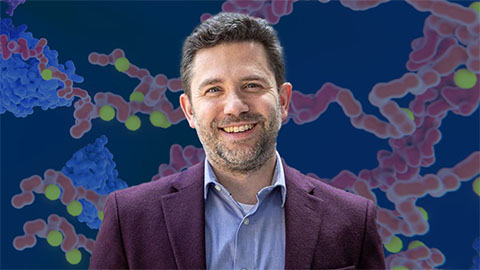
Cotruvo named Blavatnik award finalist
He received a $15,000 prize and was honored at a gala in October.
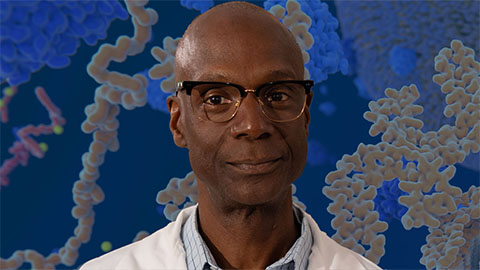
Phosphatases and pupils: A dual legacy
Yale professor Anton Bennett explores how protein tyrosine phosphatases shape disease, while building a legacy of mentorship that expands opportunity and fuels discovery in biochemistry and molecular biology.
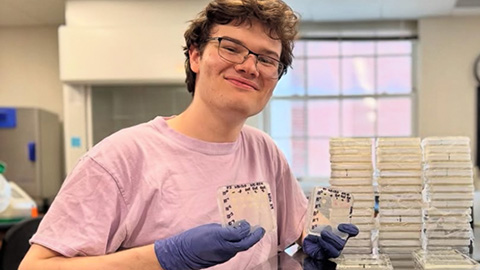
Summer research spotlight
The 2025 Undergraduate Research Award recipients share results and insights from their lab experiences.
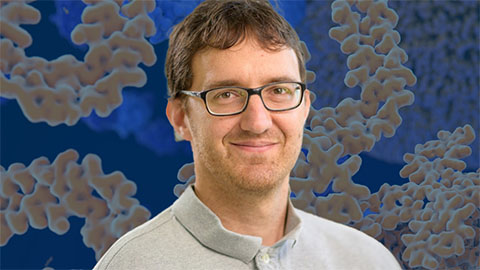
Truttmann recognized for cell stress research
He was honored by the Cell Stress Society International for his work on heat shock protein 70.

